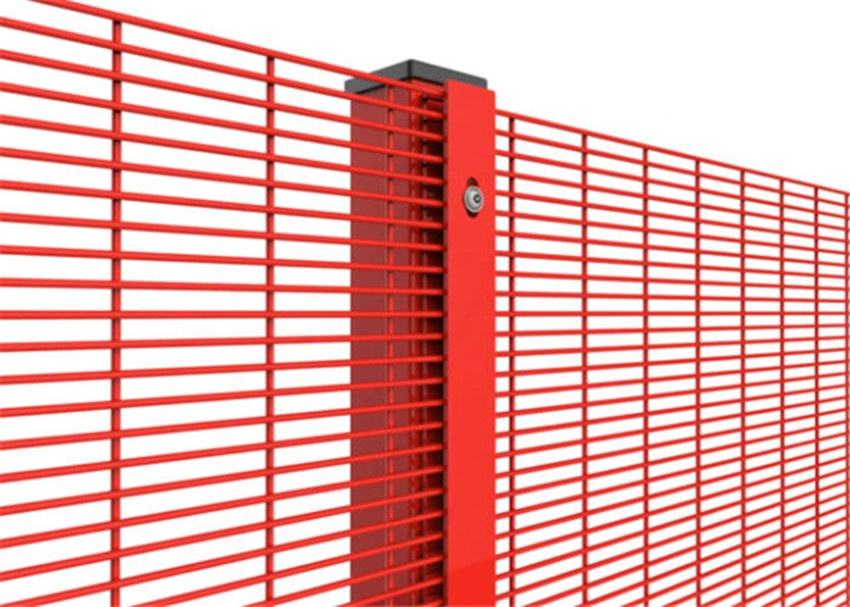Expanded metal mesh is a versatile material used in various industries for its combination of strength, durability, and flexibility. Understanding the different types of expanded metal mesh can greatly enhance your choice efficiency and application effectiveness, whether for construction projects, industrial applications, or architectural designs.

First, we have standard expanded metal mesh. This type is produced by simultaneously slitting and stretching a metal sheet to form diamond-shaped openings. Its design adds reinforcement while keeping material weight low, making it ideal for walkways, ramps, and fencing where both strength and ventilation are needed. Standard meshes are available in a range of gauges and strand sizes to suit specific load requirements and aesthetic preferences.
Next, flattened expanded metal mesh is crafted by extending the strands and bonds of standard expanded metal. The flattening process results in a smoother, less elevated surface, reducing resistances and potential for snagging, beneficial for applications in interior design or where a smoother finish is desired. Additionally, the flattened texture enhances material manipulation for cutting and welding, often making it a choice for manufacturing components and intricate architectural details.

Micro expanded metal mesh represents another distinct variety, characterized by very small openings. This micro structure is commonly used in industrial filtration systems, ventilation applications, and even in electronic shielding against electromagnetic interference. The finely perforated sheet contributes to precise control over light, sound, air, and liquid flow, offering specialized uses in automotive and aerospace industries for components requiring exact specifications.
Then, decorative expanded metal mesh stands out for its aesthetic appeal. This variant is not just functional; it is a key component in modern architecture for facades, sunshades, and even artistic installations. With various coatings and color finishes available, decorative meshes can be customized to complement any design vision while still providing the structural benefits typical of expanded metal.
types of expanded metal mesh
For heavy-duty requirements, heavy expanded metal mesh is the go-to choice, offering maximum strength and safety in demanding environments such as security, infrastructure, and high-traffic areas. Often used in bridges, catwalks, and security installations, this type ensures safety standards are met without compromising on durability.
Each type of expanded metal mesh can also be treated with different coatings, such as galvanized or powder-coated finishes, to enhance corrosion resistance and extend the life of the product. This adaptability makes expanded metal mesh a sustainable choice for outdoor and harmful environmental conditions.
Professional selection among these varied types depends crucially on factors such as load-bearing needs, desired aesthetic outcomes, environmental exposure, and installation method. By assessing these parameters, projects can leverage the inherent strengths of expanded metal mesh, ensuring both functionality and longevity.
In summary, understanding the various types of expanded metal mesh and their applications aids in making informed decisions catering to both functional demands and design aspirations. By coupling this with a reliable supplier with proven expertise, architects, builders, and industry specialists can harness the full potential of expanded metal mesh across diverse applications.
-
The Best Metal Mesh Solutions: Expanded Aluminum Metal vs. Expanded Stainless Steel Metal
NewsSep.10,2024
-
Round Perforated Sheets vs. Hexagonal Perforated Sheets vs. Embossed Perforated Sheet Metal
NewsSep.10,2024
-
Perforated Metal Sheets
NewsSep.10,2024
-
Experience The Excellence Of Stainless Steel Grating
NewsSep.10,2024
-
Discover the Versatility Of Metal Mesh Expanded Forming Machines
NewsSep.10,2024
-
Discover The Advantages Of Steel Grating For Sale
NewsSep.10,2024
Subscribe now!
Stay up to date with the latest on Fry Steeland industry news.

